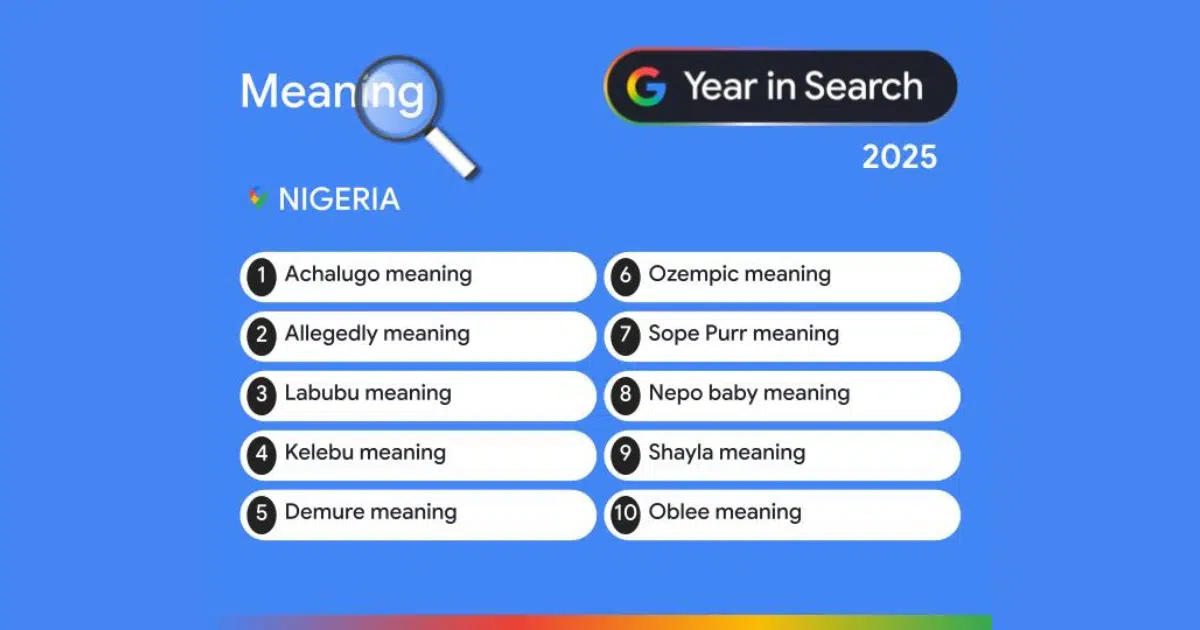AI technologies continue to push the boundaries of what’s possible, presenting data centres with a new set of challenges and demands. AI’s growing influence is pressuring enterprises, colocation providers, and tech giants to rethink their data centre strategies, and fast. How can an industry that is undergoing rapid transformation quickly adapt and change course?
“As data centres across Nigeria and Sub-Saharan Africa research, plan and implement change amid an evolving tech landscape, several options represent viable alternatives. These include optimizing data centre design and infrastructure to power efficiency, cooling, management systems, and beyond” Ajibola Akindele, Country President, Schneider Electric, said.
The Digital Age and Its Unprecedented Energy Demands
As AI cements its role as an essential tool for streamlining significant swaths of tech-driven tasks, the energy trade-off is immense. The sheer number and speed of the queries were shocking, even though their impact was known.
For instance, the Electric Power Research Institute reports that a typical AI query consumes ten times the electricity of a traditional internet search, while generating original music, photos, and videos demands magnitudes more power.
With over 154 million internet users in Nigeria and 5.45 billion globally, the rapid adoption of AI technology is driving power consumption to unprecedented levels, far beyond anything we’ve known. AI’s computing capacity is expected to double approximately every 100 days, driving a 26% to 36% annual rise in global energy consumption linked to AI in the years ahead.
This extreme demand forces the need for new options – new thinking. In Nigeria and across the continent, data centre executives are working quickly to retool operational strategies and identify new solutions to improve efficiency within their facilities. The most innovative among them are formulating novel strategies to accommodate growth while ensuring reliability.
Engineering Data Centres for the Future
The ongoing advancement of AI compels data centers to push boundaries and explore upgrades across various areas, including rack configuration, cooling solutions, software management, and power optimization technologies.
Rack Configuration
AI workloads require thoughtful space planning to accommodate advanced cooling systems and the increased infrastructure footprint, driving the need for more compact and efficient designs. This rising need is reshaping how space is utilized within data centres, with a heightened focus on optimizing rack density and airflow to enhance overall performance.
In Nigeria’s growing data infrastructure market, large AI training models —systems that teach computers to recognize patterns from data —are driving a shift toward higher rack power densities.
High-density racks allow for the placement of more servers within a smaller physical footprint. Additionally, modular rack systems enable scalable growth, which is crucial for local providers seeking to adapt quickly without incurring extensive capital expenses. However, as computing demands continue to rise, traditional cooling methods may struggle to maintain optimal temperatures.
Integration of Liquid Cooling
Heat generated by AI-driven hardware is pushing Nigerian and African data centres to adopt more efficient cooling systems such as liquid cooling to maintain peak performance. Traditional air-cooling systems often struggle with intense thermal demands, making the shift to liquid cooling increasingly critical.
In West Africa’s tropical climate, liquid cooling not only manages higher thermal loads but also helps extend equipment lifespan and reliability, critical for minimizing downtime in a market that values resilience. Hybrid cooling solutions, combining both air and liquid cooling, are also gaining traction for their ability to provide operational flexibility while meeting high-performance requirements.
Optimised Airflow Management
To enhance cooling efficiency and ensure AI workloads are effectively managed, data centre operators in Nigeria and across Africa are exploring new airflow design strategies. Proper airflow management is crucial in preventing hotspots and allowing equipment to remain within optimal temperature ranges.
For hybrid cooling setups, precise airflow control becomes even more essential. The requirement includes hot and cold aisle containment, airflow barriers, and reference architecture optimized for African climatic conditions.
These strategies not only improve system performance but also help reduce energy consumption and operating costs, a key concern amid rising electricity tariffs and grid limitations.
Flexible Power Distribution
Higher-density workloads necessitate more robust power distribution systems. Data centres in Nigeria, where power infrastructure presents unique challenges, are seeking advanced UPS systems and scalable power solutions to ensure continuous, reliable energy delivery.
They’re also equipping racks with PDUs that allow for dynamic power allocation, supporting varying AI workloads efficiently.
More Nigerian operators are collaborating with independent power producers (IPPs), solar providers, and utility companies like the Transmission Company of Nigeria (TCN) and DisCos to optimize energy sourcing and integrate renewable options where possible.
From Excess to Essential: Leveraging Waste Heat
As data centres flex to support AI, they are also finding innovative ways to repurpose the waste heat generated by their systems. This turns a challenge into an opportunity for greater efficiency.
While this is still an emerging trend in Nigeria, local players are beginning to explore how waste heat can be used to warm office buildings, agricultural greenhouses, or water systems in industrial parks.
In developed regions, models like Google’s facility in Hamina, Finland (which provides heat to a paper mill) and Equinix’s Paris data centre (warming swimming pools for the Olympics) provide useful case studies. With Nigeria’s growing urbanization, opportunities exist to localize such solutions in eco-friendly commercial hubs, smart cities, or university campuses.
Harnessing AI to Meet AI Demands
Though AI continues to push data centres with skyrocketing power and cooling demands, it also offers a wealth of tools to manage those pressures. Nigerian data centres are beginning to explore the benefits of AI-driven analytics to improve cooling efficiency, streamline complex operations, and reduce unnecessary energy use.
Companies like Google use machine learning to detect potential equipment failures and perform predictive maintenance. Schneider Electric’s AI-based solutions, already deployed across parts of Sub-Saharan Africa, offer real-time monitoring to forecast UPS battery failure and optimize cooling systems, critical for keeping facilities online and resilient.
AI tools also support cybersecurity efforts, helping Nigerian data centres detect and respond to threats in real-time, preventing major incidents and reinforcing customer trust.
Rising Above the AI Surge
As AI adoption accelerates, data centres in Nigeria must be nimble and embrace strategic changes across all aspects of operations, from reimagining infrastructure to adopting smarter power and cooling systems.
Before making changes, operators must assess existing systems and prioritize areas with the highest impact potential. Scalability is key: investing in future-proof technologies that can grow alongside AI demands ensures that facilities won’t fall behind.
By creating data-driven strategies, engaging with experts, and fostering collaboration across stakeholders, Nigerian operators can position themselves as leaders not just locally, but regionally, in the next chapter of digital transformation.
AI is transforming every facet of modern life and data centres lie at the heart of this revolution. While adapting to AI’s demands comes with challenges, it also unlocks extraordinary opportunities. By partnering with Schneider Electric, optimizing operations, leveraging waste heat, and deploying AI for performance, Nigerian data centres can shape a future marked by innovation, sustainability, and resilience.





